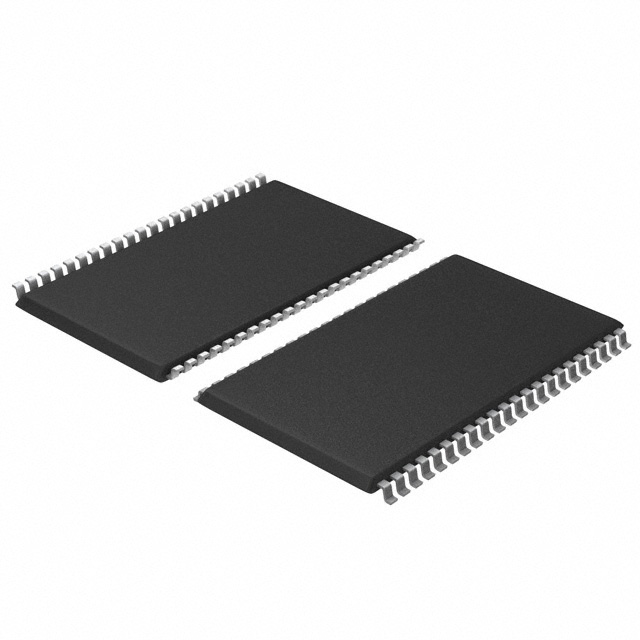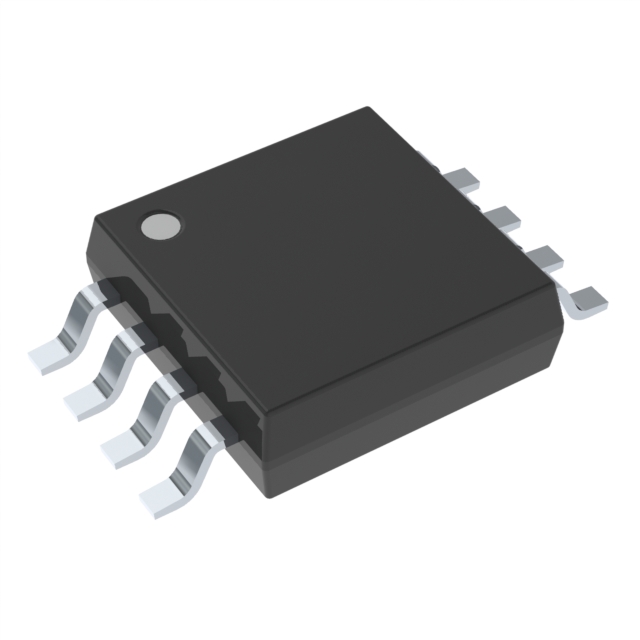BR93G66FVT-3AGE2
Manufacturer No:
BR93G66FVT-3AGE2
Description:
IC EEPROM 4KBIT SPI 3MHZ 8TSSOPB
Datasheet:
Delivery:





Payment:




In Stock : 6000
Please send RFQ , we will respond immediately.









BR93G66FVT-3AGE2 Specifications
-
TypeParameter
-
Clock Frequency3 MHz
-
Supplier Device Package8-TSSOP-B
-
Package / Case8-TSSOP (0.173", 4.40mm Width)
-
Mounting TypeSurface Mount
-
Operating Temperature-40°C ~ 85°C (TA)
-
Voltage - Supply1.7V ~ 5.5V
-
Access Time-
-
Write Cycle Time - Word, Page5ms
-
Memory InterfaceMicrowire
-
Memory Organization256 x 16
-
Memory Size4Kbit
-
TechnologyEEPROM
-
Memory FormatEEPROM
-
Memory TypeNon-Volatile
-
DigiKey ProgrammableNot Verified
-
PackagingCut Tape (CT)
-
PackagingTape & Reel (TR)
-
Product StatusActive
-
Series-
The BR93G66FVT-3AGE2 is an integrated circuit chip manufactured by ROHM Semiconductor. It is a Serial EEPROM (Electrically Erasable Programmable Read-Only Memory) chip with a storage capacity of 8 kilobits (1 kilobyte). Here are some advantages and application scenarios of this chip:Advantages: 1. Non-volatile memory: The chip retains data even when the power is disconnected, ensuring that stored information remains intact. 2. Low-power consumption: It operates at a low voltage and consumes minimal power, making it suitable for battery-powered devices or applications where power efficiency is crucial. 3. Small form factor: It comes in a compact surface-mount package, enabling integration into space-constrained designs. 4. High-speed data transfer: It supports a clock frequency of up to 5 MHz, allowing for fast read and write operations. 5. Wide operating temperature range: The chip can operate reliably in extreme temperature conditions, typically ranging from -40°C to 85°C.Application scenarios: 1. Consumer electronics: The chip can be used for storing small amounts of non-volatile data in devices such as TVs, set-top boxes, digital cameras, remote controls, and gaming consoles. 2. Industrial automation: It can store configuration settings, calibration data, or log information in industrial equipment like sensors, motor drives, programmable logic controllers (PLCs), and control panels. 3. Automotive electronics: The chip can be used for storing vehicle identification information, error codes, or user preferences in automotive applications such as keyless entry systems, infotainment systems, or engine control modules (ECMs). 4. IoT (Internet of Things) devices: It can store unique identifiers, security keys, or firmware updates for IoT devices like smart meters, thermostats, wearable devices, or home automation systems. 5. Medical equipment: The chip can be utilized for storing patient data, device settings, or operational logs in medical devices such as portable monitors, insulin pumps, or diagnostic equipment.Please note that the specific application scenarios may vary depending on the requirements of the end-product and the system design.
BR93G66FVT-3AGE2 Relevant information
-

CY7C1051H30-10ZSXIT
Infineon Technologies -
EM008LXOAB320CS1R
Everspin Technologies Inc. -
S25HS01GTDPMHB010
Infineon Technologies -
MT60B4G4HB-56B:G
Micron Technology Inc. -
CY15B104QI-20BFXIT
Infineon Technologies -
CY15V104QI-20BFXIT
Infineon Technologies -
CY15B104QI-20LPXIT
Infineon Technologies -
CY15B104QI-20LPXCT
Infineon Technologies -
CY15V104QI-20LPXCT
Infineon Technologies -
CY15V104QI-20LPXIT
Infineon Technologies







